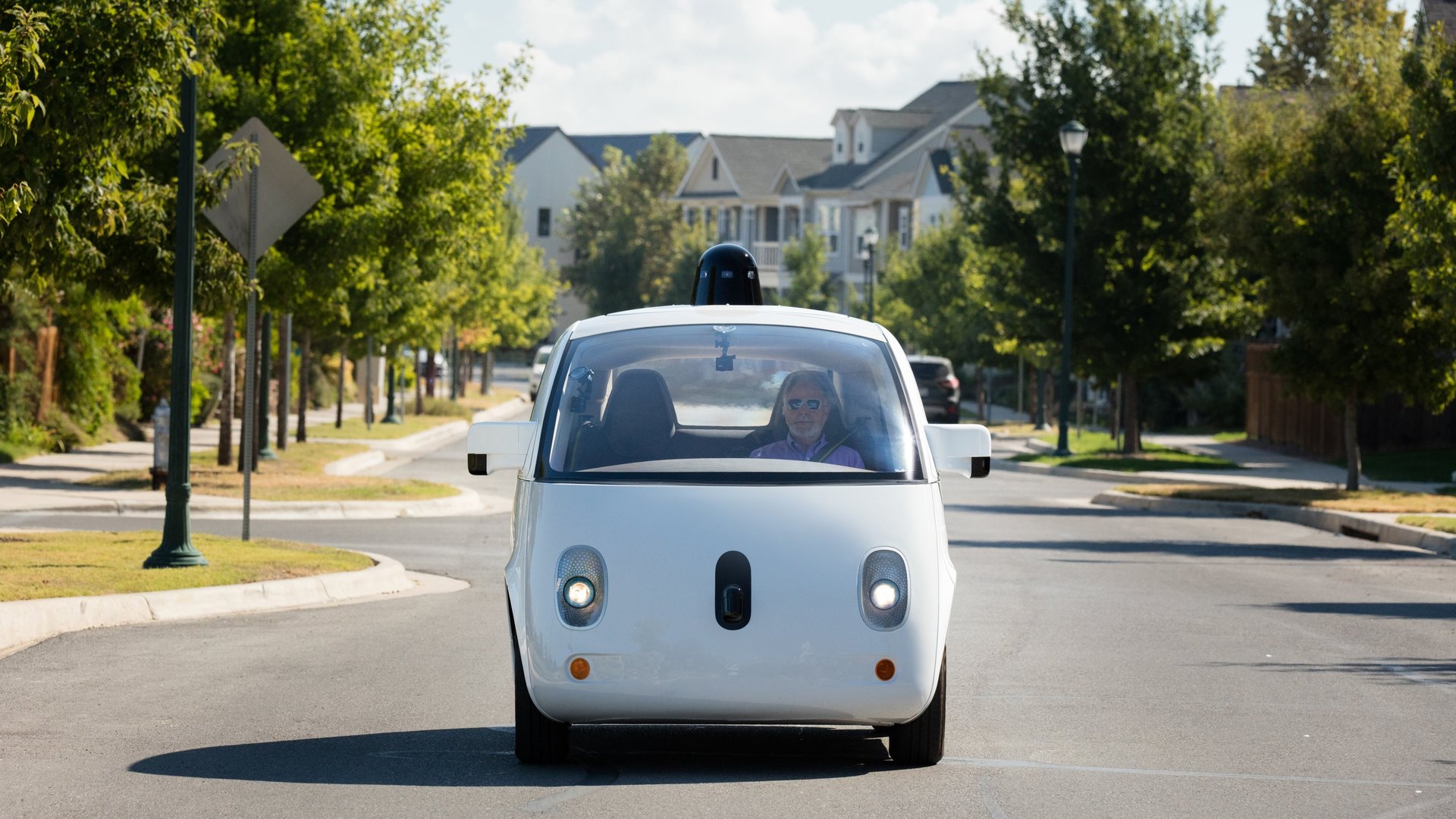Google is spinning its self-driving car project out into its own company
The koalas are growing up.


The koalas are growing up.
Google’s parent company Alphabet announced today that its self-driving car project will be spun out into a new standalone business under the Alphabet umbrella, called Waymo. It had been gestating in X, the company’s ”moonshot” lab, for the last few years.
In a post on Medium, Waymo CEO John Krafcik said Google’s cars have spent the equivalent of 300 years driving in simulations and on real roads (about 2.3 million miles have been autonomously driven by Google’s cars), and are now ready to make the jump into building a standalone company under Alphabet. ”Waymo’s next step will be to let people use our vehicles to do everyday things like run errands, commute to work, or get safely home after a night on the town,” the company said in a statement to Quartz.
Google, and now Alphabet, have been working on self-driving cars since 2009, but became more vocal about the project in recent years. In Sept. 2015, it hired Krafcik, a former Hyundai CEO, to run the project at X, in a move that many believed signaled that the company intended to eventually graduate the project out of the lab and into its own company.
At a press event in San Francisco today, the company showed off a completely autonomous ride in one of its koala-shaped cars, where a legally blind man was able to hail and ride in the car without issue. But it’s not entirely clear what sort of autonomous services Waymo will provide. In an interview with Wired, Krafcik said Waymo is “a self-driving car company with a mission to make it safe and easy for people and things to get around.” He mentioned the potential for ridesharing and trucking, and that the technology could potentially be sold directly to consumers.
Bloomberg also reported today that Google and Fiat Chrysler, who are already working together on a fleet of new autonomous vehicles for the internet giant, are working on developing a ride-sharing service that could potentially run through Waymo. At today’s press event, Krafcik reiterated a long-held position from Google that the company does not intend to build its own cars—beyond the prototypes it’s already built—meaning more partnerships are likely in the future.
Google has revolutionized the way that we index and access information online, but has spent much of the last few years looking for new revenue streams beyond advertising on its search and mobile businesses. It launched a fiber-optic internet service in 2012, but has struggled to expand it and lost key executives in recent months. Similarly, Nest, the internet-of-things hardware company it bought for $3 billion in 2014, has reportedly been fraught with internal issues and has released few new products. Its CEO, Tony Fadell, stepped down in June. Rather like its self-driving car ambitions, Google spun out its life-sciences research division into its own company, called Verily, late last year, but it’s likely still very far away from releasing any products.
Whether Google’s self-driving cars will have any better success as a standalone Alphabet business remains to be seen. The current regulatory climate in the US around autonomous vehicles is quite hazy, with the federal government committing to figuring out its rules for testing and integrating self-driving cars as soon as it can, and many states are currently vying to be the most permissive to autonomous tests.
There are those, however, who believe that self-driving cars, even after very public demonstrations like Google’s— and Uber’s—are very far away from being safe enough to bring to US roads, let alone have humans sit in them as guinea pigs. Christopher Hart, the chairman of the US National Transportation Safety Board, recently expressed concerns to MIT Technology Review about technology ever being able to entirely remove human drivers as Waymo is intending to do, especially because of the ethical quandaries that these robot cars will likely find themselves in. “Protect occupants or protect other people?” Hart said. “That to me is going to take a federal government response to address.”